What Is Hardened Concrete?
Important Point
Hardened concrete is a type of concrete that is strong and have the capacity to bear the structural as well as service loads that are applied to it. Hardened concrete is one of the strongest and durable construction materials.
Hardened concrete is concrete that is completely set and able to take the loads. In this article, we will go through the properties of Hardened concrete.
- What Is Concrete | 31 Different Types of Concrete
- What is Plum Concrete | Application of Plum Concrete | Mix Design of Plum Concrete | Methodology of Plum Concrete
- What Is Honeycomb In Concrete | Cause of Honeycomb In Concrete| Cure of Honeycomb In Concrete | Types of Grouting
- What Is Concrete Topping | Topping Slab Definition | Types of Topping Slab | Advantages & Disadvantage of Topping Slab
- RCC Full Form | What Is RCC | Advantages & Disadvantages of Reinforced Cement Concrete | Properties of RCC | What Does RCC Stands for
- What Is Shotcrete | Shotcrete & Concrete | Shotcrete Technology | Types of Shotcrete Technology | Advantages of Shotcrete | Disadvantages of Shotcrete
- What Is Concrete Screed | Concrete Screed Specifications | Characteristics of Concrete Screed | Advantages & Disadvantages of Concrete Screed
Properties of Hardened Concrete
There are various properties of hardened concrete which are as follows.
1. Strength of Harden Concrete
The strength of the concrete plays a vital role in the construction of any building. The strength of the concrete helps to identify whether the concrete can be used in construction or not.
The strength of the concrete is defined as the maximum amount of load which the concrete can bear. Strength is considered as one of the most important and valuable properties of concrete.
The strength of the concrete gives the overall idea of quality of the concrete and the materials used in the manufacturing of the concrete.
The concrete is tested for three types of strength which are compressive strength, tensile strength, and flexural strength.
When we talk about the strength of the concrete we are generally considered compressive strength, because we know that concrete is strong in compression and weak in tension. The concrete is mainly used for its compressive strength.
Flexural strength of the concrete is defined as the measure of an under-reinforced concrete beam or slab to resist failure in bending.
Factors Affecting the Strength of the Concrete
Following are the factors which affect the strength of the concrete.
1.1. Type of aggregates
Aggregates are the essential component part of the concrete. It will give volume to the concrete. The aggregates which are used in the manufacturing of the concrete should have high compressive strength so that it will produce concrete with good strength.
The aggregate which has sharp edges and rough texture will develop a strong bond between cement. Aggregates with a smooth texture and rounded shape result in a weaker bond between cement and aggregate.
1.2. Water cement ratio
The strength of the concrete depends upon the water-cement ratio used during the manufacturing of the concrete. The compressive strength of the concrete decreases with an increase in the water-cement ratio.
The optimum water content should be used to ensure the complete hydration of the cement.
1.3. Type of Cement
Cement is a binding material that is used to bind sand and aggregates with each other to form hardened concrete. Finer the size of the particles of the cement more will be the ultimate compressive strength.
The cement which has a higher composition of tricalcium silicate will develop concrete with higher strength.
1.4. Types of Admixture used
Admixtures are added to the concrete to achieve the desired property of the concrete. Admixtures in the concrete helps to improve the compressive strength.
1.5. Weather conditions
The weather conditions are also one of the factors which affect the compressive strength of the concrete. The concrete which is casted in the hot climate and the concrete which is casted in the cold climate has different values of compressive strength.
1.6. Curing conditions
It is very necessary that proper and adequate curing should be done to obtain maximum compressive strength of the concrete. Incomplete curing can cause a loss in the compressive strength of the concrete.
1.7. Method of Preparation
The method which is used in the preparation of the concrete also plays a vital role which also affects the overall strength of the concrete.
So that it is very necessary that skilled worker should work during the manufacturing of concrete otherwise we cannot achieve the desired strength in spite of using cement and aggregates in the concrete.
Also, Read: Grades of Cement | Types of Cement Grades | Which Grade Cement Is Used for Slab
2. Impermeability of Harden Concrete
Impermeability is the one of the properties of hardened concrete which resists the flow of water through its pore. Permeability directly affects the durability of the concrete so it is very necessary that the concrete should be less permeable.
Excess of water-cement ratio may develop pores or cavities in the concrete which makes the concrete permeable.
Also, Read: Difference Between Pre-Tensioning and Post-Tensioning | What Is Prestressed | Methods of Prestress
3. Durability of Harden Concrete
Durability is also an important factor that affects the quality of the Hardened concrete. The durability of the concrete can be defined as the capacity of the concrete to bear all the forces of the deterioration.
Durability is also known as the period of existence of the concrete without getting adversely affected by Aggressive environmental conditions.
There are various causes that affect the durability of the hardened concrete which are Frost action, chemical reaction, alkali-aggregate reaction.
Frost action causes the deterioration of the concrete in cold climates. The reason of frost action is due to the freezing of water within the concrete pores in the extremely comfortable cold climate.
Concrete is liable to attack various acids and to attack various acids and salts which can destroy the concrete structure.
Also, Read: What are Traps | What Does Trap do | 14 Types of Traps In Plumbing
4. Dimensional Changes of Harden Concrete
Dimensional stability is also one of the properties of hardened concrete. The dimensional stability of the concrete is nothing but the behavior of the concrete under various forces.
Concrete is not a completely elastic material or completely plastic material. When the hardened concrete is loaded it undergoes deformation.
Permanent dimensional change in the hardened concrete is due to loading for a longer period which is generally known as Creep. Its value mainly depends upon the stress and the age of the concrete at the time of the loading.
Also, Read: 14 Types of Plaster Finishes (List of Plaster Finishing)
5. Shrinkage of Harden Concrete
There are three types of shrinkage through which hardened concrete undergoes and which are important as per as its dimensional stability is concerned.
- Plastic shrinkage
- Drying shrinkage
- Thermal shrinkage
5.1. Plastic Shrinkage
Plastic shrinkage is a type of shrinkage in which the freshly placed concrete on the construction site undergoes till it sets completely.
This type of shrinkage is also commonly known as the initial Shrinkage and the excessive shrinkage in the concrete at its initial stage may affect the strength of the concrete.
The rate of plastic shrinkage mainly depends upon the rate of evaporation of water and the temperature during the casting of the concrete. The plastic shrinkage of the concrete is higher if the cement content in the concrete is more.
5.2. Drying Shrinkage
Drying shrinkage is a type of shrinkage which occurs after the concrete has completely set and hardens. There are some volume changes after setting of the cement which is because of the contraction of the gel structure.
The main cause of the drying shrinkage is the loss of the water content because of the evaporation from the freshly hardened concrete which is exposed to the environment.
5.3. Thermal Shrinkage
Thermal shrinkage is a type of shrinkage which occurs due to falling in the temperature of the concrete from the time it is placed upto it sets completely.
Also, Read: Difference Between Pre-Tensioning and Post-Tensioning | What Is Prestressed | Methods of Prestress
Hardened Concrete
Hardened concrete is concrete that must be sufficiently strong to withstand the structural and service applied loads and it must be durable enough for the environmental risk for which it is designed. It is the strongest and durable construction material.
Hardened Concrete Definition
It is mainly the aggregate that provide strength to concrete especially coarse aggregates which act just like bones in the body.
What Makes Cement Harden?
Cement hardens when it comes into contact with water. This hardening is a process of crystallization. Concrete is completely fluid before the cement sets, then progressively hardens. The cement and water mixture that has crystallized in this way encloses the aggregate particles and produces a dense material.
What Causes Concrete to Harden?
The water causes the hardening of concrete through a process called hydration. Hydration is a chemical reaction in which the major compounds in cement form chemical bonds with water molecules and become hydrates or hydration products. … Aggregates are chemically inert, solid bodies held together by the cement.
Why Does Concrete Harden?
Cement hardens when it comes into contact with water. This hardening is a process of crystallization. Concrete is completely fluid before the cement sets, then progressively hardens. The cement and water mixture that has crystallized in this way encloses the aggregate particles and produces a dense material.
Why Does Concrete Get Harder Over Time?
Over time, those molecules react with carbon dioxide in the atmosphere to form calcium carbonate, which is referred to as carbonization. Calcium carbonate development further increases the compressive and flexural strength of the concrete.
How Do I Keep My Concrete from Hardening?
The ways to prevent evaporation are with curing blankets, plastic sheeting, or membrane-forming sprayed-on curing compounds. Curing compounds can be reasonably effective when evaporation is not too high. The better way to cure concrete, though, is with water curing.
How Does Concrete Harden?
The concrete solidifies and hardens through a chemical process called hydration. The water reacts with the cement, which bonds the other components together, creating a robust, stone-like material.
How Does Cement Harden?
Cement hardens when it comes into contact with water. This hardening is a process of crystallization. Concrete is completely fluid before the cement sets, then progressively hardens. The cement and water mixture that has crystallized in this way encloses the aggregate particles and produces a dense material.
Properties of Hardened Concrete
- Strength: Hardened concrete has a number of properties, including Mechanical strength, in particular compressive strength. The strength of normal concrete varies between 25 and 40 MPa.
- Impermeability: The impermeability of hardened concrete may be defined as the property to resist- entry of water. This property is achieved by using extra quantity of cement in concrete mix. A concrete in hardened state must be impermeable.
- Durability: Concrete is extremely resistant to the physico-chemical attack emanating from the environment (frost, rain atmospheric pollution, etc.) It is particularly well-suited for structures exposed to demanding and extreme conditions.
- Dimensional Changes: Concrete is not a completely elastic material or. completely plastic material. When the hardened concrete is loaded it undergoes deformation.
- Shrinkage: The volume reduction that occurs primarily due to moisture loss after the concrete has hardened is known as drying shrinkage.
Mechanical Properties of Concrete
Performance of concrete is evaluated from mechanical properties which include shrinkage and creep, compressive strength, tensile strength, flexural strength, and modulus of elasticity.
Property of Concrete
- Strength: Hardened concrete has a number of properties, including Mechanical strength, in particular compressive strength. The strength of normal concrete varies between 25 and 40 MPa.
- Impermeability: The impermeability of hardened concrete may be defined as the property to resist- entry of water. This property is achieved by using an extra quantity of cement in concrete mix. A concrete in hardened state must be impermeable.
- Durability: Concrete is extremely resistant to the physico-chemical attack emanating from the environment (frost, rain atmospheric pollution, etc.) It is particularly well-suited for structures exposed to demanding and extreme conditions.
- Dimensional Changes: Concrete is not a completely elastic material or. completely plastic material. When the hardened concrete is loaded it undergoes deformation.
- Shrinkage: The volume reduction that occurs primarily due to moisture loss after the concrete has hardened is known as drying shrinkage.
Tests on Hardened Concrete
- Compressive strength test (most common) – DT.
- Modulus of Elasticity – NDT.
- Split-tension test – DT.
- Flexural strength test – DT.
- Rebound hammer test – NDT.
- Penetration resistance test – NDT.
- Ultrasonic pulse velocity test – NDT.
- Maturity test – NDT.
Concrete Hardening
Cement hardens when it comes into contact with water. This hardening is a process of crystallization. Concrete is completely fluid before the cement sets, then progressively hardens. The cement and water mixture that has crystallized in this way encloses the aggregate particles and produces a dense material.
What Is Fresh and Hardened Concrete?
The purpose of slump test Is to determine the water content in concrete and its workability Consistency: Consistency or fluidity of concrete is an important component of workability and refers in a way to the wetness of the concrete.
How Is Concrete Hardened?
Cement hardens when it comes into contact with water. This hardening is a process of crystallization. Crystals form (after a certain length of time which is known as the initial set time) and interlock with each other. Concrete is completely fluid before the cement sets, then progressively hardens.
What Are the Different Properties of Fresh and Hardened Concrete?
Fresh concrete is arranged in a metal cone. When the cone is detached, the concrete slumps a specific amount on the basis of how fluid it is. A wet, soft mix slumps more as compared to a drier, stiffer one. A high-slump concrete is very fluid whereas a low-slump concrete is drier and more hard.
High-Strength Hardened Concrete Mix
High-strength hardened concrete mix is a type of concrete that is formulated to possess enhanced strength and durability compared to standard concrete mixes. It is typically used in construction projects where structural integrity and load-bearing capacity are crucial, such as high-rise buildings, bridges, dams, and other heavy-duty applications.
Durable Hardened Concrete Sealer
A durable hardened concrete sealer is a protective coating applied to cured concrete surfaces to enhance their durability, resist moisture penetration, and provide long-lasting protection against various forms of damage. It helps to extend the lifespan of the concrete, reduce maintenance needs, and enhance its appearance. Here are some common types of durable hardened concrete sealers:
Long-Lasting Hardened Concrete Additives
To enhance the longevity and performance of hardened concrete, various additives can be used during the mixing process. These additives can improve the concrete’s strength, durability, resistance to cracking, and other properties. Here are some examples of long-lasting hardened concrete additives:
- Fly Ash: Fly ash is a byproduct of coal combustion and is commonly used as a supplementary cementitious material in concrete. It improves the workability, durability, and long-term strength of concrete. Fly ash reduces the heat of hydration, lowers the permeability of concrete, and enhances resistance to sulfate and chloride ion penetration.
- Silica Fume: Silica fume is a byproduct of the production of silicon metal and ferrosilicon alloys. It is a fine, amorphous powder that is added to concrete to improve its strength, density, and durability. Silica fume fills the gaps between cement particles, making the concrete denser, more impermeable, and highly resistant to chemical attack.
- Slag: Ground granulated blast furnace slag (GGBFS) is a byproduct of the iron and steel industry. It can be used as a partial replacement for Portland cement in concrete. Slag enhances the long-term strength, durability, and resistance to chemical attack of concrete. It also reduces the heat of hydration and improves resistance to chloride ion penetration.
Crack-Resistant Hardened Concrete Techniques
To minimize the occurrence of cracks and improve the crack resistance of hardened concrete, several techniques can be employed during the design, placement, and curing processes. Here are some crack-resistant hardened concrete techniques:
- Proper Mix Design: A well-designed concrete mix is crucial for crack resistance. It should have a low water-cement ratio to reduce shrinkage and improve strength. The use of high-quality aggregates and supplementary cementitious materials like fly ash or silica fume can also enhance the mix’s durability and reduce the potential for cracking.
- Control Joints: Control joints are intentional grooves or weakened planes that are created in the concrete at predetermined locations. They help control where cracks occur by providing relief points for the concrete to shrink or expand without cracking randomly. Proper spacing and depth of control joints should be determined based on factors like slab thickness, concrete properties, and environmental conditions.
- Reinforcement: The inclusion of reinforcement, such as steel rebar or fiber reinforcement, helps distribute loads and resist cracking. Reinforcing bars provide tensile strength to counteract cracking due to shrinkage or thermal expansion. Fiber reinforcement, such as steel fibers or synthetic fibers, enhances the concrete’s ability to resist cracking and improve overall toughness.
Hardened Concrete Surface Repair Methods
There are several methods of concrete crack repair such as epoxy injection, routing and sealing, grouting, stitching, drilling and plugging, gravity filling of cracks in concrete.
Hardened Concrete Properties
Hardened concrete has a number of properties, including:
- Mechanical strength, in particular compressive strength. The strength of normal concrete varies between 25 and 40 MPa.
- Durability.
- Porosity and density.
- Fire resistance.
- Thermal and acoustic insulation properties.
- Impact resistance.
Property of Hardened Concrete
Hardened concrete has a number of properties, including: Mechanical strength, in particular compressive strength. The strength of normal concrete varies between 25 and 40 MPa.
What Is Hardened Concrete?
Hardened concrete refers to the state of concrete after it has undergone the curing process and has gained its desired strength and durability. When freshly mixed, concrete is in a plastic or fluid state, but as it cures, it undergoes a chemical reaction known as hydration. This reaction causes the cement particles to bind together, forming a solid mass.
What Do You Call the Process of Hardening of Concrete?
CURING. The second state of concrete is known as curing, which is what helps concrete develop its strength and durability. Curing takes place right after concrete has been placed and finished. During this process, moisture and temperature are controlled for an extended period of time.
How Hard Is Concrete?
Hardened concrete such as polished concrete is a relatively hard material, as its hardness varies between 6 and 7 Mohs.
Harden Concrete
Water facilitates the curing and hardening processes. Without it, the chemical reactions needed to form the hard crystals that give the concrete its strength can’t take place. Too little water leads to structurally weak concrete, and too much will disrupt effective curing and cause flaking, shrinking, divots or cracks.
Can Hardened Cement Be Reused?
While you won’t be able to use the hardened concrete for its original purpose, don’t fret. You can reuse and recycle the bags to make something new.
How to Remove Hardened Cement from Tiles?
Cover the cement stain with a towel that is soaked in vinegar and leave it there for around two-three hours. As the cement starts to loosen up, just use the scouring pad to scrub it off and remove the stains. Finally, just apply the dishwashing liquid to the scrubbed part and scrub thw tiles and floor using a sponge.
Like this post? Share it with your friends!
Suggested Read –
- Workability Concrete
- Exposed Concrete Wall Finishes
- How to Load Calculation on Column, Beam, Wall & Slab
- Properties of Stones | Requirements of Good Building Stones
- What Is Dry Pack Mortar | Advantages of Dry Pack Mortar | Disadvantages of Dry Pack Mortar
- Difference Between Pre-Tensioning and Post-Tensioning | What Is Prestressed | Methods of Prestress
- What Is Transported Soil | Transported Soil Definition | Classification of Transported Soil | Residual Soil and Transported Soil
- What Is Oblique Drawing | Oblique Drawing Examples | What Is Oblique View | Oblique Projection | Oblique Shape | Cabinet Oblique | What Is Cavalier Drawing
- Skeleton Frame | What Is Building Skeleton | What Is Steel Structure Building | Use of Steel Frame Structures| Advantages & Disadvantage of Steel Frame
- What Is Pad Foundation | Failure of Pad Foundation | Pad Foundation Detail | Types of Pad Foundation | Design of the Pad Footing Depends on Several Factors
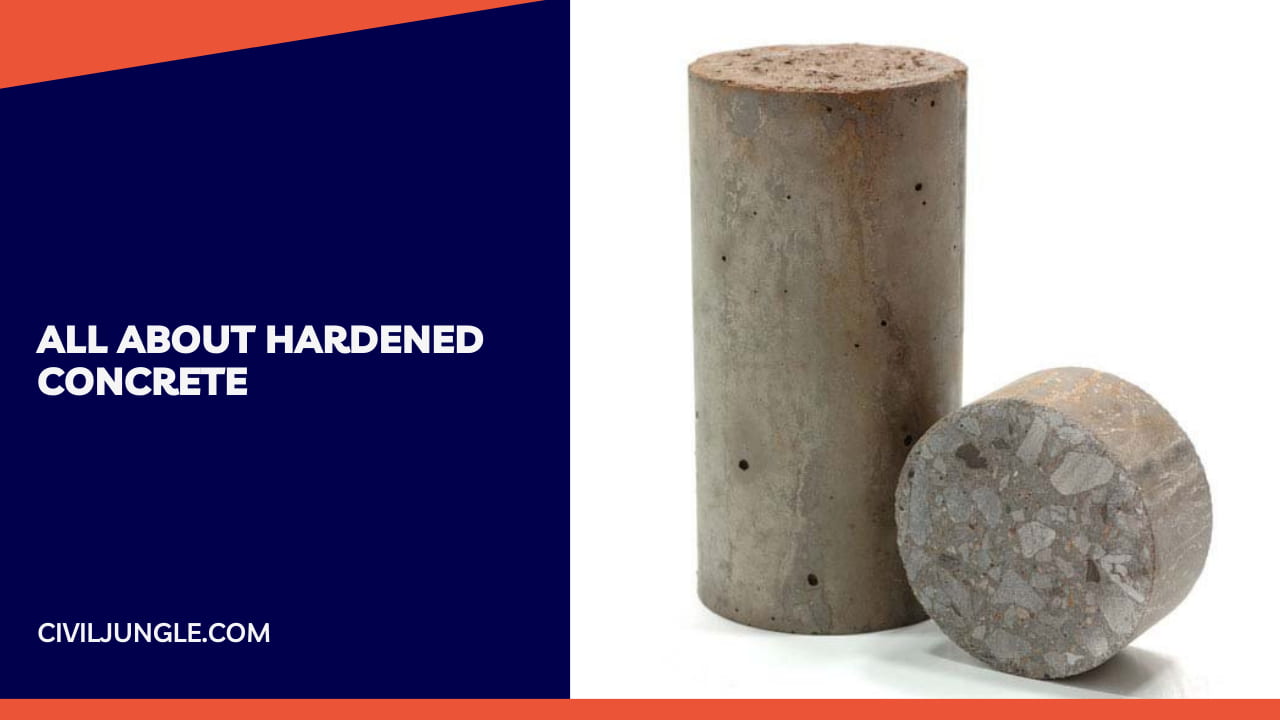
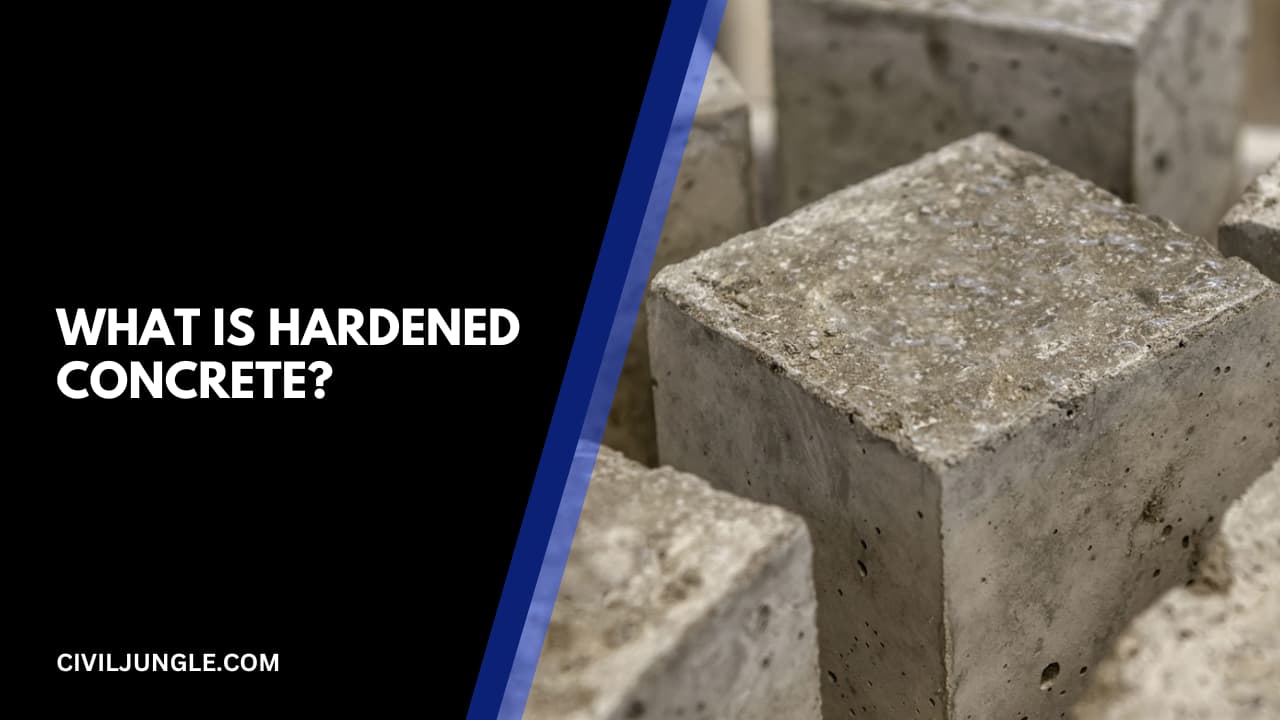
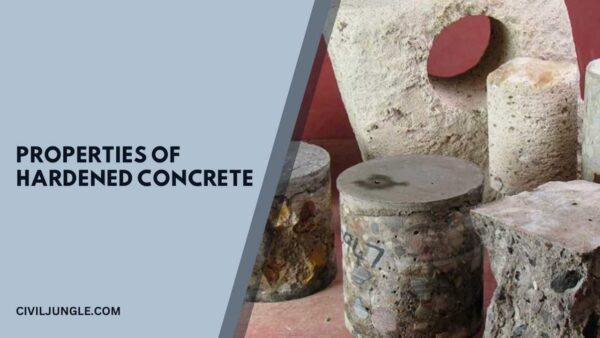
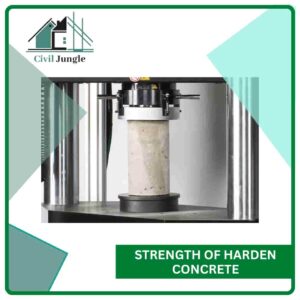
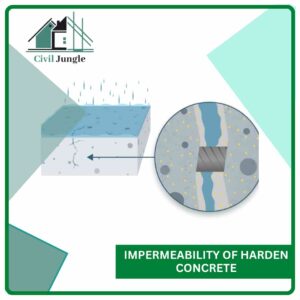
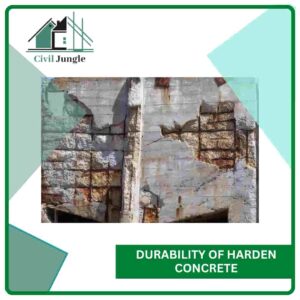
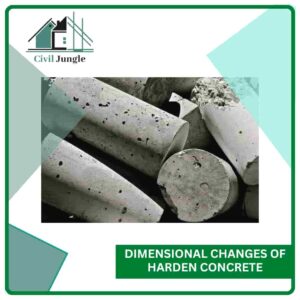
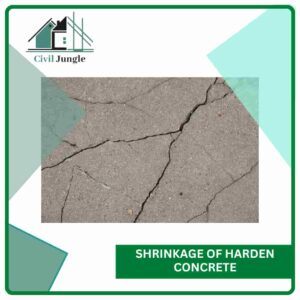

Leave a Reply